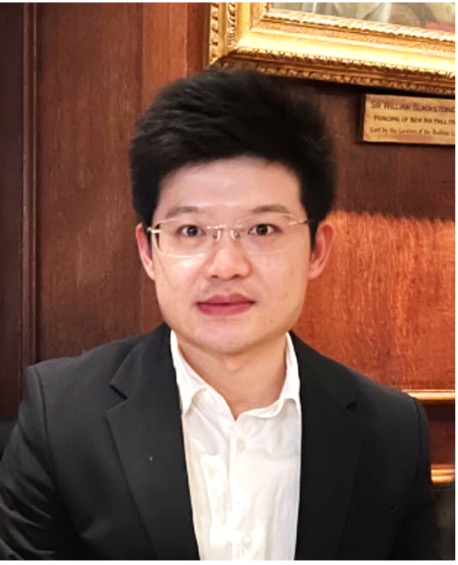There exists a critical need to develop sustainable and green technologies to convert the atmospheric CO2 into high-value chemicals and feedstocks, in turn helping to expedite the progress toward a Net Zero society.1 To this end, CO2 reduction (CO2R) technologies has been highlighted as one of the research forefronts,2 with various methodologies implemented aiming to improve the overall CO2 conversion efficiency and selectivity. Among which, the renewable electricity-driven sonochemical CO2R has attracted ever-growing attention – for which employs ultrasound as a stimulus to trigger acoustic activation events generating radials to reduce CO2 – owing to its renowned merits such as operational simplicity, high safety and environmental benignness.3,4 Nevertheless, almost all of the reported sonochemical CO2R studies focus on investigating fundamental cavitation effects without the utilization of catalysts,5 leaving sonocatalyst-activated CO2R as a largely unexplored research focus.
Inspired by the pronounced performance of copper-based catalysts in electrochemical CO2R,6 here, we investigate copper-based catalysts for sonochemical CO2R. Specifically, we synthesize several morphology-varied copper-based catalysts with high surface areas and quantify their associated product distributions during sonochemical CO2R. We then focus on unveiling how the sonochemical CO2R performance can be tuned through the usage of different catalyst loadings, solvents, and atmospheres through a systematic series of experiments. In addition, we track morphological changes of the catalysts during cavitation in order to help elucidate mechanisms.
Dong Xia†, ‡, Yi Qin†, Yagya Regmi‡, Laurie King‡* and James Kwan†*
† Department of Engineering Science, University of Oxford, Oxford, United Kingdom
‡ Manchester Fuel Cell Innovation Centre, Department of Natural Sciences, Manchester Metropolitan University, Manchester, United Kingdom
References:
1. Xia et al., AIChE J., 2024, e18389.
2. Bonchio et al., Nat Catal., 2023, 6, 657-665.
3. Babikir et al., Chem. Mater., 2024, 36, 2554-2565.
4. Kwan et al., Ultrason. Sonochem., 2021, 73, 105530.
5. Islam et al., Ultrason. Sonochem., 2021, 73, 105474.
6. Gao et al., Nat. Catal., 2023, 6, 885-894.
View a recording of the presentation below:
Biography:

Dr Dong Xia received his Ph.D. degree from University of Leeds (2020). He then joined the National Institute for Materials Science as a postdoctoral fellow in Japan focusing on utilizing conductive metal-organic frameworks for electrocatalytic hydrogen production (2022). Currently, he is a joint postdoctoral research associate at Manchester Metropolitan University and University of Oxford (2023), where he focuses on exploring the electrochemical carbon dioxide reduction and the sonoelectrochemical carbon dioxide reduction, respectively. His interests are in constructing nanocarbon-based aerogels for Joule heating studies and synthesizing various nanocatalysts for thermocatalytic, electrocatalytic and sonocatalytic applications.




